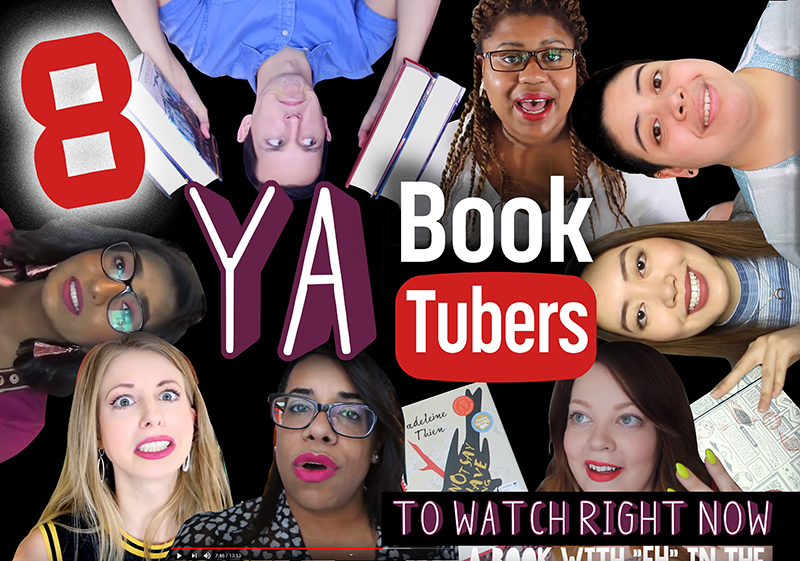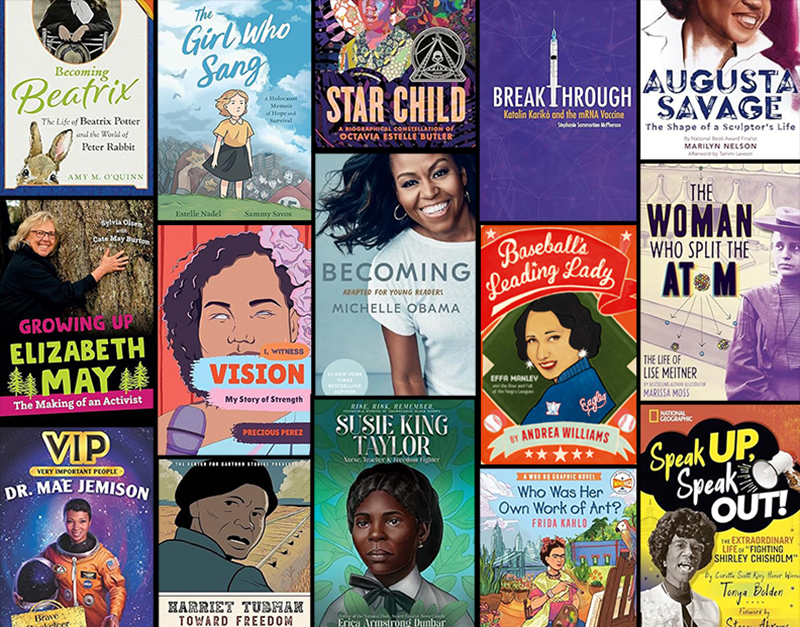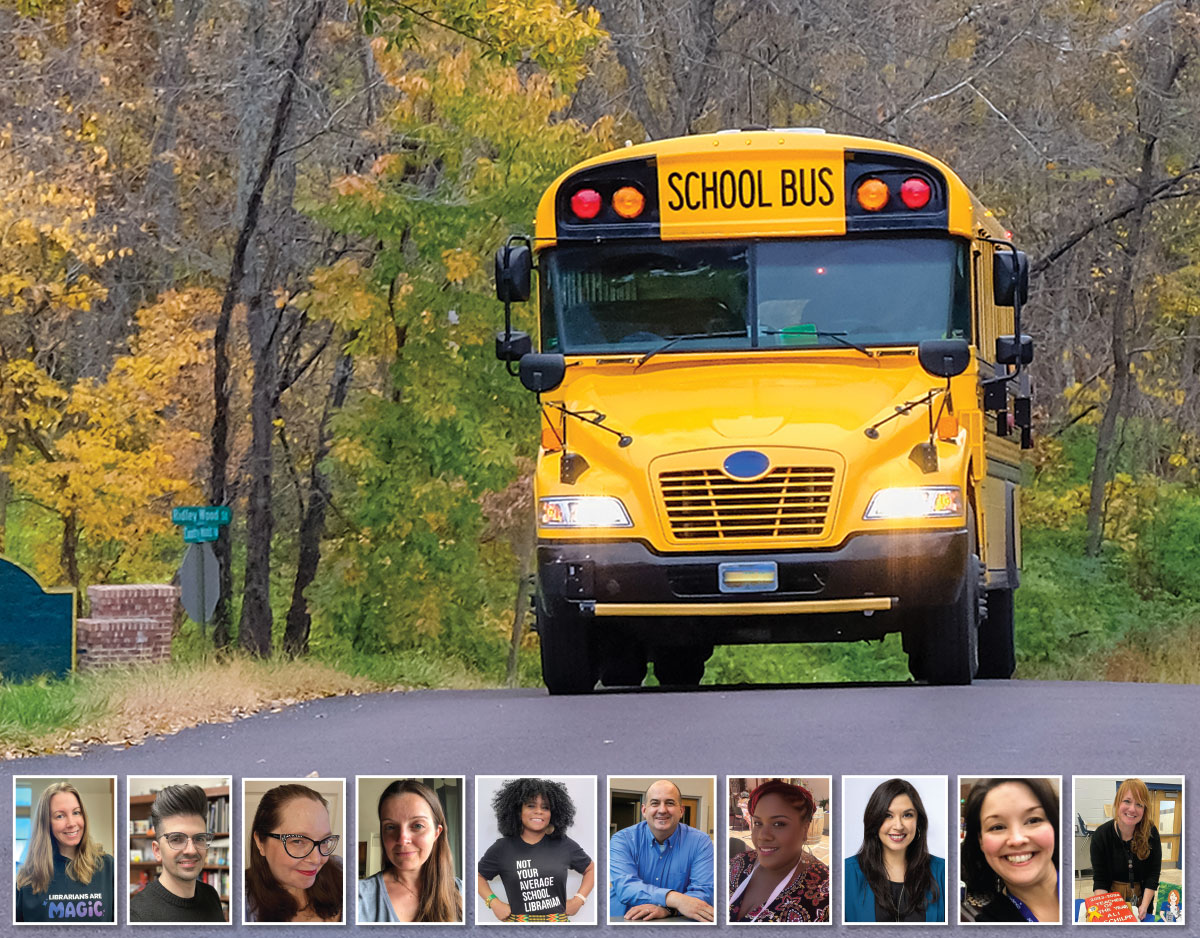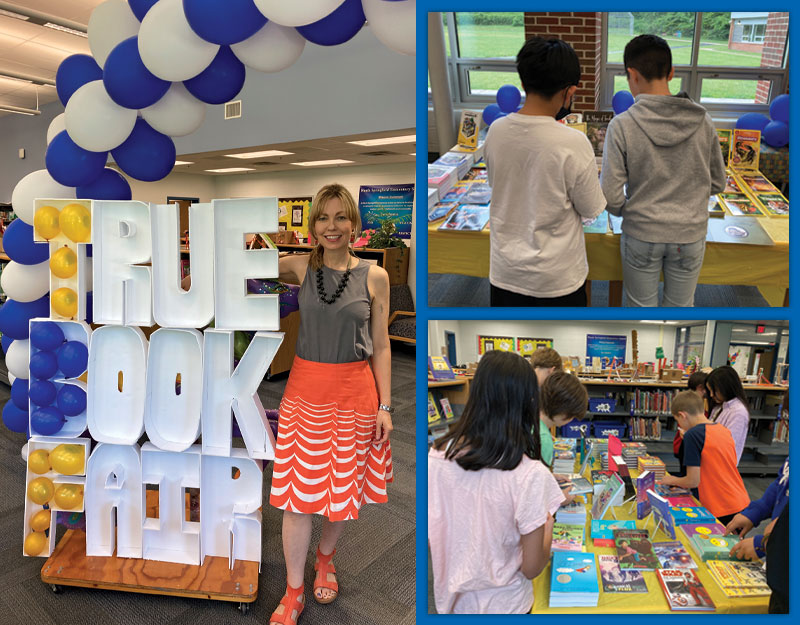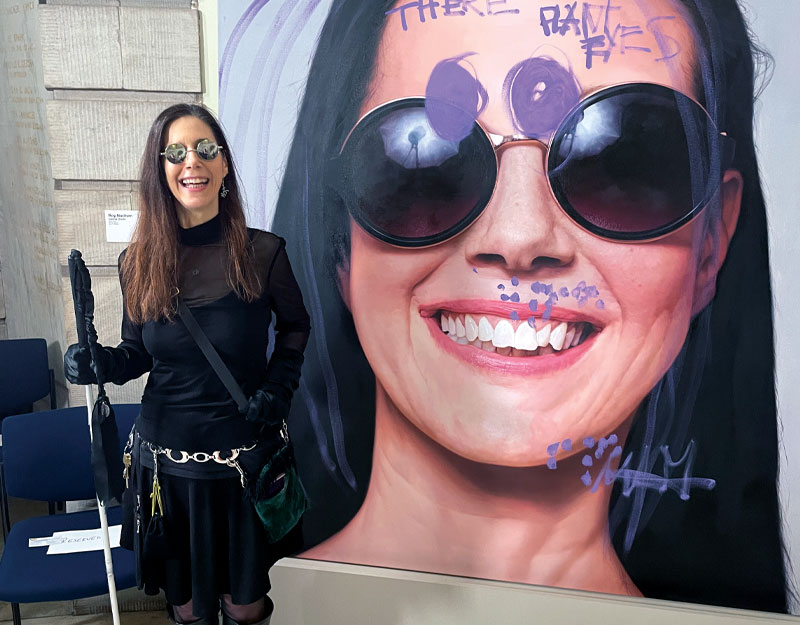Text Sets in Action: Instructional Models for Text Sets in The Classroom Bookshelf
Text Sets in Action: Instructional Models for Text Sets in The Classroom Bookshelf

This week, we’re announcing the publication of Mary Ann and Erika’s book, Text Sets in Action: Pathways Through Content Area Literacy. If you are a regular reader of this blog, you know that text sets are a primary tool that we recommend in a literature-based curriculum. Part One of the book introduces a framework for teaching with text sets, including instructional models for juxtaposing texts within texts sets. We described these models in a previous Classroom Bookshelf entry when we published Teaching with Text Sets (Shell, 2013). Part Two details examples of their work with teachers implementing text sets across units of study in the content areas of Language Arts, Mathematics, Science and Social Studies. In Part Three, they share sample units, structured by a series of text sets, as invitations for teachers to try out a text set based approach in their own classrooms.
In this blog entry, we revisit some examples of text sets in action in previous blog entries, showcasing the potential of the instructional models to differentiate and deepen students’ learning and as a vehicle to explore multiple perspectives and develop critical literacies. First, we define the Instructional model and then offer some teaching examples. These examples are drawn from blog entries – you can access the entry by clicking the hyperlink for the book’s title. In the full entry for each title you will find many other teaching invitation and suggested text sets.
ADVERTISEMENT
ADVERTISEMENT
The Duet Model:

Duets can be sung, performed on instruments, or even danced, and they encompass all moods and types of music. A Duet text set pairs two texts together to compare and contrast their content, theme, or perspective.
Duet Text Set Teaching Invitations
Grades K-2
Taking Care of One Another: Read When We are Kind, written by Monique Grey Smith and illustrated by Nicole Niedhardt and You Hold Me Up, written by Monique Grey Smith and illustrated by Danielle Daniel. After reading both books, ask your students the following questions, in whatever order makes sense for you: Who holds you up? Who do you hold up? In your family? In school? In your neighborhood? How can you hold one another up as classmates during these challenging times? How can you hold up another group of people? Brainstorm together who in your community might need “to be held” right now. For example, is there an elder-care community or nursing home in your village, town, or city? Can your class become pen pals (print or digital) with residents there? Can a Zoom visit be arranged to talk to one another? As students conduct their community service, have them write or draw the ways in which being kind to others makes them feel.
Grades 1-8
Can Poetry Change the World? In No Voice Too Small: Fourteen Young Americans Making HIstory, editors Metcalf, Dawson & Bradley have curated a collection of poems, written by accomplished poets, that represent the commitments, the activism and the accomplishments of fourteen tweens and teens. Pair a reading of No Voice is Too Small in a Duet Model with Irene Latham and Charles Waters’ Dictionary for a Better World, (available on Epic). “In Dictionary for a Better World, Latham and Waters spotlight words that work to promote understanding, empathy, equity, peace, and social justice. Arranged alphabetically, as dictionaries are, each word is explored on a double-page spread through a unique poetic form, a reflective quote by a notable figure, a comment by the authors, and a suggestion for young readers for translating the word into action” (Enriquez, 2020). Ask students to compare the structures and content of the two anthologies, noting similarities and differences. Ask students to pair up poems across the two texts, selecting ones from each title that relate in some way – students can share their pairings along with a rationale for their selections. If you have more time, ask students to interview family members about poems or songs that have influenced their worldviews, exploring how poetry can transform our thinking and our perspectives. Depending on the age and poetry exposure for your students, they may also be able to identify poetry that has been profound to them. Engage with the essential question: Can Poetry Change the World?
Grades 6-8
Community Reconciliation. After reading Unspeakable by Carole Boston Weatherford, illustrated by Floyd Cooper, have your students watch the video “Greenwood Rising,” created for the 1921 Tulsa Race Massacre Centennial Commission. After watching the video, support students as they unpack the different perspectives that they hear within it. Until recently, what did residents of Tulsa know and understand about the massacre? What is changing now, and why? Who made that change happen? Ask students to talk to family members and neighbors about racial violence in your community’s history. Be mindful that some of your students’ families, like those of author Carole Boston Weatherford, illustrator Floyd Cooper, and perhaps yourself, may have a history of such violence being perpetrated upon them. Others may have a history of being the perpetrators. Still others may be recent arrivals to your community who don’t have a historical perspective from your specific community. Have a member of your local historical society teleconference into your classroom to talk about your community history. Provide students with time to research your community’s history of racial violence towards Indigenous nations, Blacks, or other ethnic groups, with sensitivity to the various identities you and your students hold within your classroom community. Have students return to the 1921 Tulsa Race Massacre Centennial Commission for ideas as to how they can work with the local community and descendents of victims- or current victims – of racial violence in order to document what happened, memorialize the victims, and/or work towards greater unity in the present.
The Sunburst Model:

Think of a simple drawing of the sun, a circle with rays emanating from the center. Our Sunburst model has this sun as its metaphorical origin. One text is the core text, it takes the place of the sun in that drawing. Additional multigenre multimodal texts become the rays and support students to understand the center core text. These texts enhance, extend, or might even challenge the core text. This model is often adopted by teachers who have a required text or textbook in order to bring multiple voices and perspectives into their curriculum.
Sunburst Text Set Teaching Invitations
Grades PK-3
Seed Locomotion. Seed dispersal is the topic of collage artist Robin Page’s nonfiction picture book, Seeds Move! Offer students a multimodal experience with seed locomotion by reading Seeds Move! and showing video clips that demonstrate seed dispersal such as: Kids Discover: Seeds on the Move, PBS: Nature: The Seedy Side of Plants, The Seed Site: Seed Dispersal, How Seeds Travel: A Virtual Field Trip to the Chicago Botanic Garden. After watching several of these videos, ask your students to plan and create a short video clip that features the seed dispersal of several plant species that grow naturally in your area.
Grades 6-8
Researching the Iroquois Foundation for the Constitution. In Fault Lines in the Constitution: The Framers, Their Fights, and the Flaws That Affect us Today written by Cynthia Levinson and Sanford Levinson, the authors discuss the oral laws developed by the Iroquois Confederacy that served as the foundation to the U.S. Constitution. Historians are not in agreement about this connection. As you read Fault Lines, have your students learn more about the ways in which the Iroquois made decisions across the five nations, and the influence their processes had on the Founding Fathers drafting the Constitution. First, have them read this article from The New York Times in 1987. Next, have them read this 2014 analysis of a Facebook meme on Politifact. Finally, have them read the 2012 article from Indian Country Today, a news outlet of the National Congress of American Indians. Have your students discuss their reactions to the various stories, and how their own understanding of influence and causation is shaped by this debate.
Tree Ring Model:

Imagine a piece of wood sliced off a freshly fallen tree trunk. Look at the concentric circles emanating from the center that reveal the age of the wood. Using the concentric circles as the metaphor, the Tree Ring model has students reading a common core text. After accessing the core text, the students then move onto another concentric layer to read / investigate the sources used by the author to create the text. Finally, students move to the outer concentric layers, experiencing additional texts that are topically related. The focus in this model is on author and illustrator processes; examining the sources and choices made by the author and/or illustrator supports students to create their own texts.
Tree Ring Text Set Teaching Invitation
Examining Text Construction: Digging Into Drowned City. Using the Tree Ring model introduced in Teaching with Text Sets,have your students immerse themselves in the source material used by Don Brown to create the graphic nonfiction Drowned City: Hurricane Katrina & New Orleans. Start off by having them read the graphic nonfiction work. When complete, have students share their questions about Hurricane Katrina and the events as they unfolded in August 2005 and then organize their questions by category. Use those categories as a “way into” the back matter of the text. Have students categorize the source material listed in the back of the book so that the sources align with their questions. Working with your school librarian (if you are lucky enough to have one), put together a digital repository of Brown’s source material. Much of it is open-source; for those that are not, the digital databases provided by your state for public and school libraries can help. Books can be obtained, if necessary, through interlibrary loan. Have your students explore the resources to see specifically want was included and excluded in Drowned City. What did Brown include and exclude? What new questions do they now have about representing this enormously complex event? Finally, have students read other books on the topic, or excerpts from them, to compare and contrast how others have represented this event. This selected list from School Library Journal will help.
Intertextuality. The Undefeated, a picture book poem created by acclaimed author Kwame Alexander and award-winning illustrator Kadir Nelson has been described as “a love letter to America. To black America” (book jacket). The text is a poem that traverses the history of the United States, tracing the trauma and the triumphs of Black / African American experiences from enslavement to the Civil Rights Movement to Black Lives Matter. Throughout the text of The Undefeated, Kwame Alexander references significant texts from Black / African American History. These references appear in italics throughout the book. Explore the origins of these quotes with your students, considering how the lines from these poems, speeches, and songs fit into the narrative arc created by the author. These references include Gwendolyn Brooks’ “We Real Cool” , Langston Hughes’ “The Weary Blues”, The Big Sea, and “My People” (“The night is beautiful”), Dr. Martin Luther King Jr’s Nobel Lecture (“The majestic shores of the promised land”), The Freedom Singers’ We Shall Not Be Moved, Malcom X’s Speech at the Founding Rally of the Organization of Afro-American Unity(“by any means necessary”). Next, as the outer ring exploration, share additional poems that reflect African American History.
Solar System Model:

ADVERTISEMENT
ADVERTISEMENT
In the Solar System model, like the solar system itself, the texts (like planets) move around a central topic, concept, theme, genre, or essential question (the center of gravity). Exploring a range of multimodal multigenre texts offers a powerful way to explore perspectives, author and illustrator choices, and to differentiate reading experiences while appealing to individual interests and needs. Sometimes teachers use the solar system model for Literature Circles and sometimes teachers choose to have students read multiple texts from the model.
Solar System Text Set Teaching Invitations
Grades PreK-Primary
Grandparents and Elders Text Set. Read My Grandma and Me, written by Mina Javaherbin, illustrated by Lindsey Yankey, and My Favorite Day, written and illustrated by Joowon Oh, along with other books about grandparents and elders, such as Grandma’s Gift, Mama, Abuela, and Me, The Hello Goodbye Window, Sitti’s Secrets, Nana in the City, Wild Eggs: A Tale of Arctic Egg Collecting, Our Grandparents, All Around Us, A Morning with Grandpa, Drawn Together, A Day with Yayah, Don’t Call Me Grandma, Thank You, Omu!, Birdsong, The Matchbox Diary, Grandma’s Purse, and Last Stop on Market Street. Read all or some of these titles with your class over the course of a week or two. Make several anchor charts for students to keep track of their thinking about these books. What do these grandparents and elders have in common? How do they differ from one another? What do these elders and children do together? How are these activities similar and different from what your students do with the grandparents and elders in their lives?
Grades 4 – 8
Breaking Boundaries. Nikki Grimes builds powerful connections between the past and present in her anthology featuring women poets of the Harlem Renaissance and her accompanying innovations on these poems, Legacy: Women Poets of the Harlem Renaissance. A majority of the poems in Legacy push back against externally imposed boundaries. Gather together a text set that features people across diverse life experiences and cultures whose achievements have been accomplished despite societies’ expectations and prohibitions. Support your students to reflect on any perceived or constructed boundaries they may face in their lives. What strategies can they use to pursue their needs and dreams and how can they work towards an equitable and inclusive society? Titles featured on the Classroom Bookshelf include: Drum Dream Girl: How One Girl’s Courage Changed Music, Queen of Physics: How Wu Chien Shiung Helped Unlock the Secrets of the Atom Nothing Stopped Sophie: The Story of Unshakable Mathematician Sophie Germain, Counting on Katherine: How Katherine Johnson Saved Apollo 13, The Girl Who Ran: Bobbi Gibb, the First Woman to Run the Boston Marathon and others (search the listings accessible through the Nonfiction / Biography drop down menu). Note: President Biden’s cabinet appointees include several notable ‘firsts’ and you students may enjoy learning more about these contemporary boundary breakers.
Grades 6-8
Digging Deeper into the Voting Rights Act of 1965. As Sandra Neil Wallace and Rich Wallace share in The Teachers March!, illustrated by Charly Palmer, the Teachers March of 1965 was a catalyst in Selma, Alabama for the larger voting rights movement. Over the next few months, Black residents of Selma continued to march and protest for voting rights, enduring violence such as the famous march over the Pettus Bridge on March 9, 1965. Provide students with the opportunity to learn more about the Voting Rights of 1965. After reading The Teachers March!, have students explore a middle-grade text set on the actions in Selma that led to the Voting Rights Act: March: Book Three, co-authored by Congressman John Lewis, Turning 15 on the Road to Freedom: My Story of the 1965 Selma Voting Rights March by Linda Blackmon Lowery, and Marching for Freedom: Walk Together, Children, and Don’t You Grow Weary by Elizabeth Partridge. You might also offer students a broader look at Black women’s suffrage efforts with Evette Dion’s Lifting As We Climb: Black Women’s Battle for the Ballot Box. As students read, have them compare and contrast the ways in which Black Americans and their allies challenged power structures through their consistent acts of nonviolent protest. How did the media shift dynamics by revealing to white Americans on a larger scale the violence perpetrated on Black Americans and their allies by state and local police? Have students decide how they want to share their learning – through poetry, graphic nonfiction or historical fiction panels, podcasts, etc., supporting students as needed to work on these projects in-person or remotely. Host a videoconference reading/sharing of student work with families.
Further Explorations
Cappiello, M.A. & Dawes, E.T. (2021). Text sets in action: Pathways through content area literacy. Stenhouse.
Cappiello, M.A. & Dawes, E.T. (2013). Teaching with text Sets. Shell Education.
The Stenhouse Blog: Podcast:Text Sets in Action: Stories From the Classroom
Filed under: Announcements, Classroom & Curricular Ideas
About Erika Thulin Dawes
Erika is a professor of language and literacy at Lesley University. A former classroom teacher, reading specialist, and literacy supervisor, she now teaches courses in children’s literature, early literacy, and literacy methods. Erika is the co-author of Learning to Write with Purpose, Teaching with Text Sets, and Teaching to Complexity.
ADVERTISEMENT
ADVERTISEMENT
SLJ Blog Network
Zachariah OHora on PBS
Cover Reveal and Q&A: Dusti Bowling’s Latest – The Beat I Drum (Apr 2025)
Girlmode | Review
The Seven Bills That Will Safeguard the Future of School Librarianship
Read Rec Rachel: New YA Releases for November and December 2024
Gayle Forman Visits The Yarn!
ADVERTISEMENT



